You have very small mites living on your face right now. There are hundreds to thousands of them. They’re invisible to the naked eye, about 0.3 millimeters long (just to put that in perspective, 1 millimeter is the thickness of a penny—so it would take several of these things laid end-to-end to even stretch that far).
They also happen to be transparent. While they can be seen under a microscope, the chances that you’d see them on your face are nonexistent. What are these mites? They’re called Demodex folliculorum (D. folliculorum) and Demodex brevis (D. brevis) and they are two species of mites that live on every adult human’s face [1].
Yes, Just About Everyone Has Them
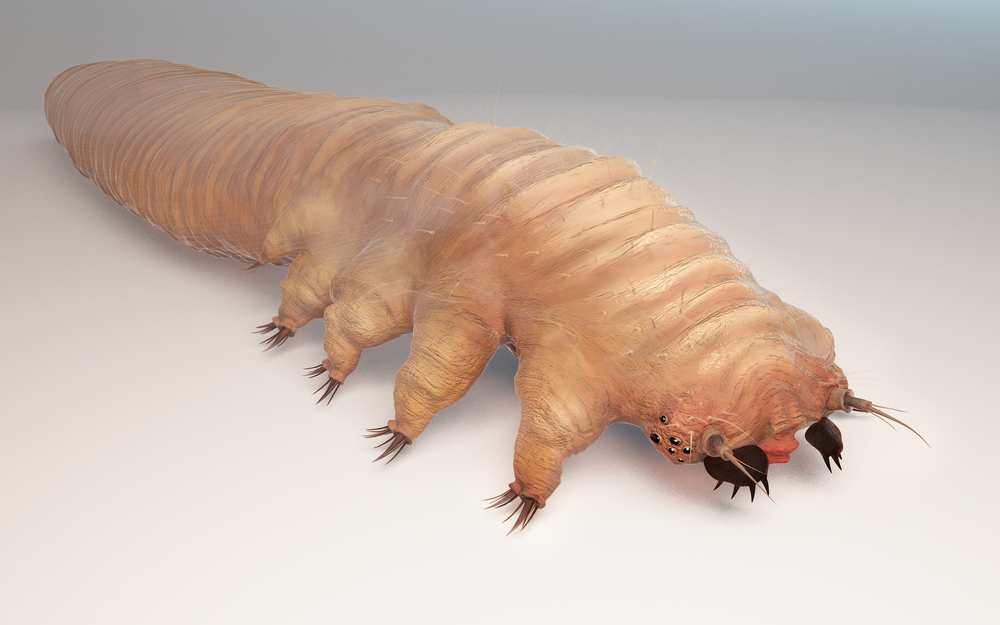
Michelle Trautwein is an entomologist (which is basically a zoologist for insects) at the California Academy of Sciences in San Francisco. She studies face mites and looks at their DNA in an effort to understand why they’re there.
Her findings imply that people in different regions around the world have different face mites, and after testing more than 2,000 people—including 70 people worldwide—she’s found evidence of face mites on every single adult person [2]. Other research besides this has shown that 100 percent of adults sampled had these mites on their face [3].
Read More: How To Control Dust Mites In Your Home For Better Health
But What Exactly Are They?
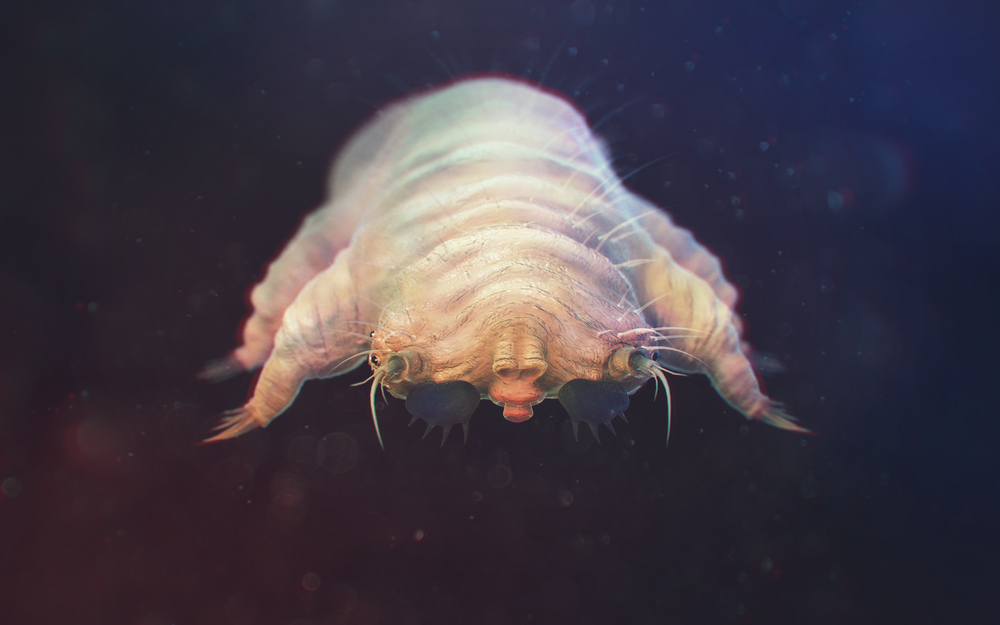
The mites are technically classified as arachnids, and you’ve probably heard that word before. Arachnids are joint-legged invertebrates and usually have eight legs—so yes, we’re talking spiders, ticks, and crabs (is anyone else deathly afraid of coconut crabs????) [4].
Like their other arachnid relatives, D. folliculorum and D. brevis have eight rather short legs located near their head, which is attached to a much longer body that looks like some type of worm. However, they’re not worms, which I guess is some sort of pro [5].
The face mites were first discovered in France in 1842 and after all this time, no one is exactly sure why we have them or where they came from [1].
How the Mites Live Undetected on Your Face
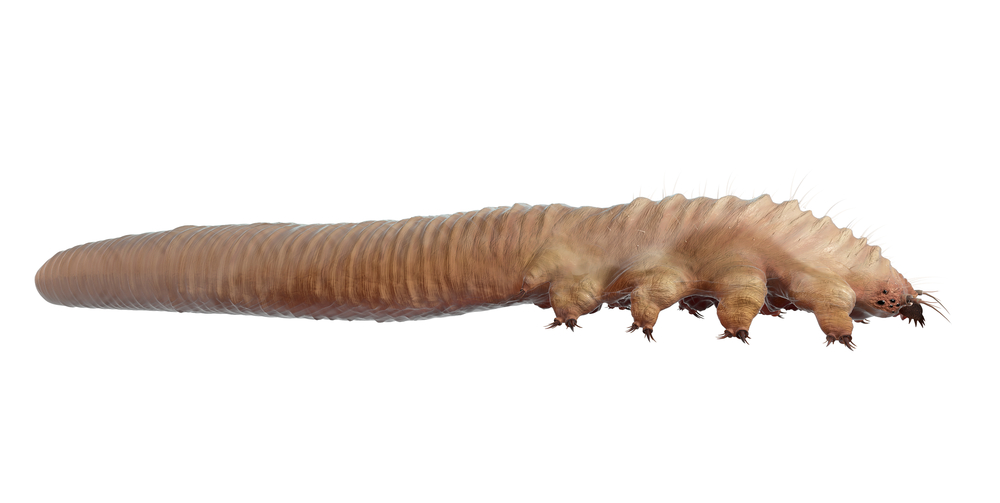
You probably have a lot of questions, like how on earth do these mites live on our faces without us being aware of it?!
You’re likely familiar with peach fuzz, the light layer of hair that covers pretty much your entire body and your face (real name: vellus hair) except for the palms of your hands and the bottoms of your feet.
Like all other hair growth, each strand of peach fuzz grows out of a hair follicle. D. folliculorum and D. brevis spend your waking hours inside the follicles against the hair shaft. It appears that they eat sebum, which you may know as the oil on your skin, which coats hair shafts—and consequently, the mites [6].
The oiliest parts of your body have been found to have a higher concentration of mites than other areas. The mites’ lifespan is approximately two weeks and they spend most of their time hiding inside the hair follicles as we talked about. But, while you sleep, they come out to mate and then return to the follicle to lay their eggs.
That sounded bad, but hopefully, you’ll feel a little better by the time you finish this article (no promises!).
Read More: How to Detect and Eliminate Eyelash Mites (Demodex Mites)
Some People Will Have an Overgrowth of Mites Called Demodicosis
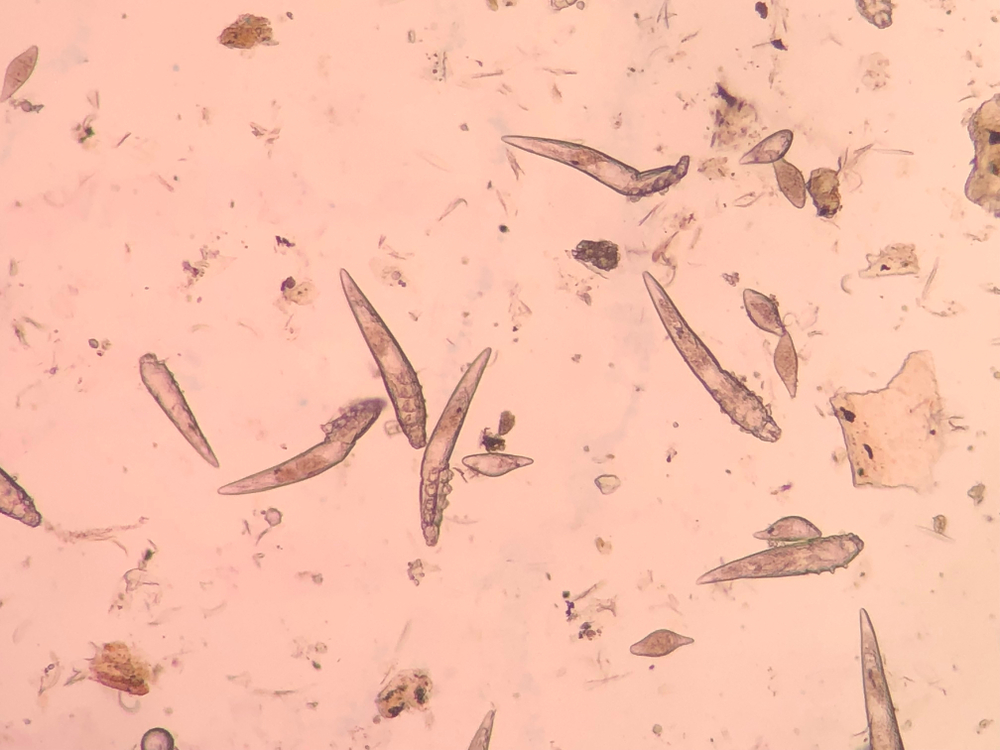
The mites are apparently regulated by our immune system, which helps to keep the mites at reasonable numbers (the hundreds to thousands I talked about earlier if you can call that reasonable). However, some people who have suppressed immune systems will experience a condition called demodicosis, in which the mite population is out of control [7].
Kanade Shinkai, a dermatologist at the University of California, San Francisco, says people who have demodicosis have a “white sheen” on their face. Fortunately, this condition is relatively rare and has been connected to immune suppression. However, some patients develop it by using hydrocortisone cream on their face [6].
Demodicosis can happen overnight and can be quite dramatic. For some people, it’ll appear as if there are whiteheads all over their face (and you thought having mites all over your face was bad).
Some research has also linked an abundance of the D. folliculorum mite with rosacea, a skin condition that causes redness and acne, although the research isn’t conclusive at this point [8]. Both mites have also been linked to acne in other studies [9].
Is It Possible to Get Rid of Them?
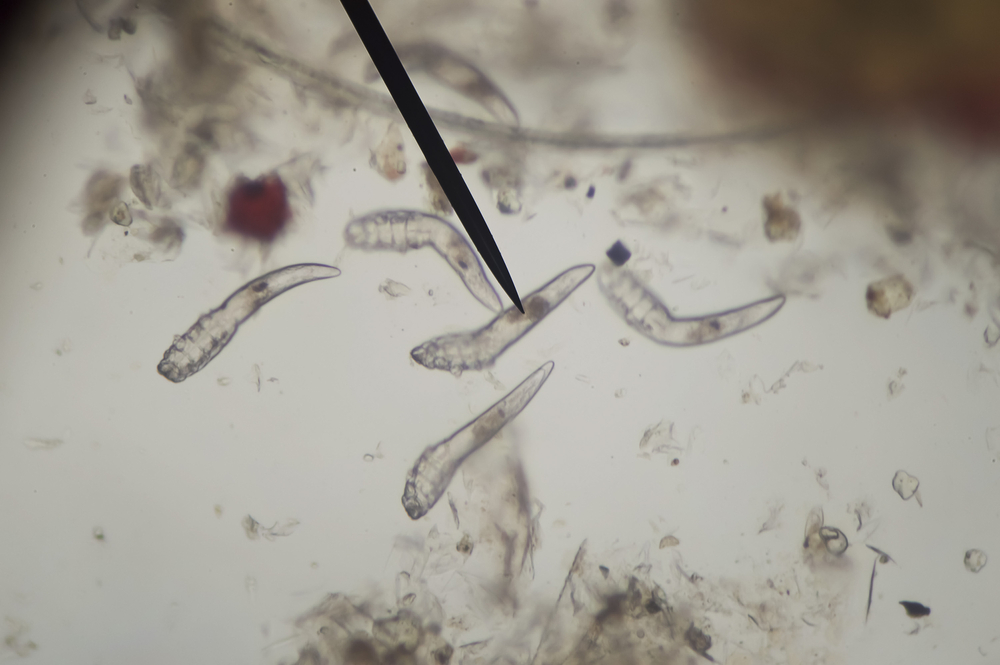
This might not be what you wanted to hear today, but it’s essentially impossible to get rid of the mites on your face. They live in hair follicles hiding most of the time, so it’s not possible to get rid of them by washing, exfoliating, or shaving.
Even if you were to somehow eradicate them with medical treatment (which is possible), research says they come back in about six weeks and that evidence is strong that we transmit them to each other [5]. Apparently, you can’t hide from these things!
You Likely Don’t Have Reason to Worry
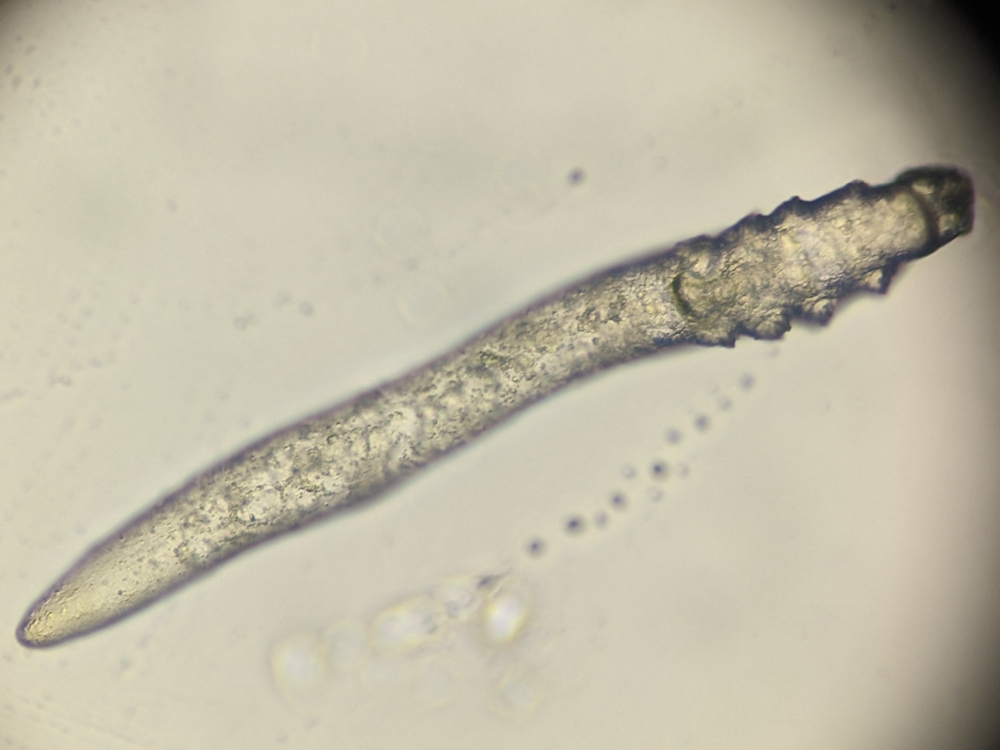
For the majority of people, these mites aren’t dangerous and won’t cause problems. Michelle Trautwein says the mites are as old as human history itself and that people most likely get the mites from their mother shortly after birth.
While this doesn’t exactly sound like loving parenting, you really don’t have reason to worry. If you have acne or rosacea, getting evaluated for an overpopulation of the mites might be worth your time, although I stick with my theory that these conditions are more than likely the result of food intolerances [10].
Face mites are still under investigation by Trautwein and her colleagues, but in the meantime, we can thank them for the essential truth they point us to—that we’re all living, breathing ecosystems, not separate from anything else in this world!
Read More: Most mattresses are filled with mold, mites and chemicals – here is how to know
Sources
- https://www.karger.com/Article/PDF/250228
- https://www.calacademy.org/press/releases/scientists-say-face-mites-evolved-alongside-humans-since-the-dawn-of-human-origins
- https://journals.plos.org/plosone/article?id=10.1371/journal.pone.0106265
- https://blogs.discovermagazine.com/notrocketscience/2012/08/31/everything-you-never-wanted-to-know-about-the-mites-that-eat-crawl-and-have-sex-on-your-face/#.XPcoptNKj6Y
- https://www.bbc.com/earth/story/20150508-these-mites-live-on-your-face
- https://www.npr.org/sections/health-shots/2019/05/21/725087824/meet-the-mites-that-live-on-your-face
- https://www.ncbi.nlm.nih.gov/pmc/articles/PMC3884930/
- https://www.ncbi.nlm.nih.gov/pmc/articles/PMC5778578/
- https://www.acne.org/what-are-demodex-mites-and-what-role-do-they-play-in-acne.html
- https://www.wellness.com/blog/13278636/4-signs-of-a-food-intolerance/jenn-ryan
- https://www.npr.org/sections/health-shots/2019/05/21/725087824/meet-the-mites-that-live-on-your-face

